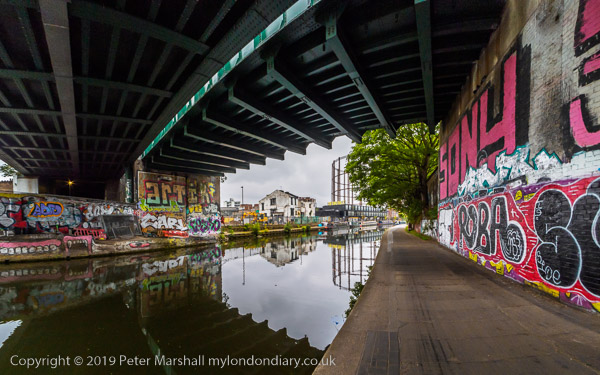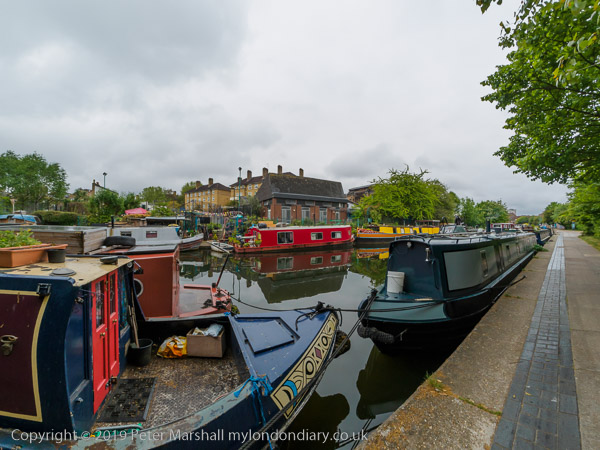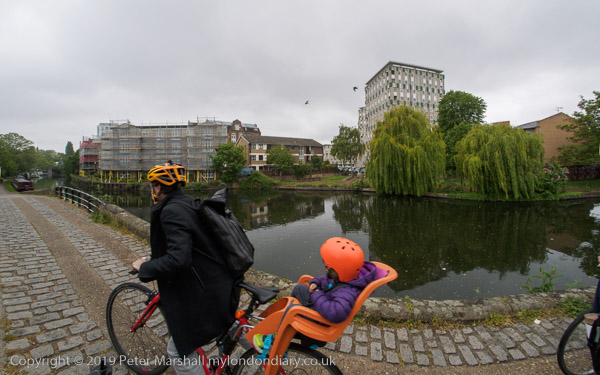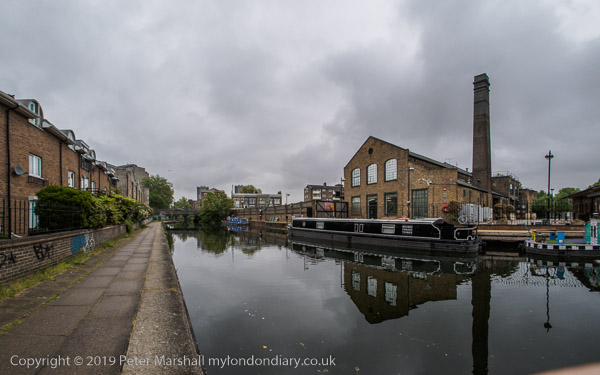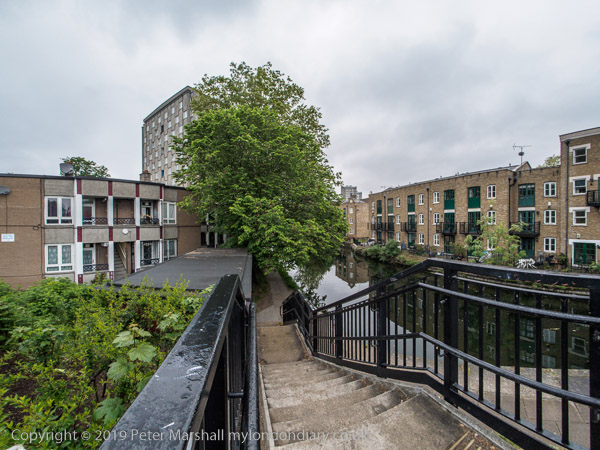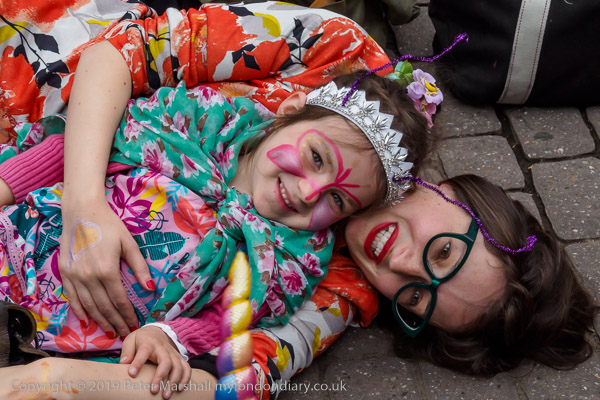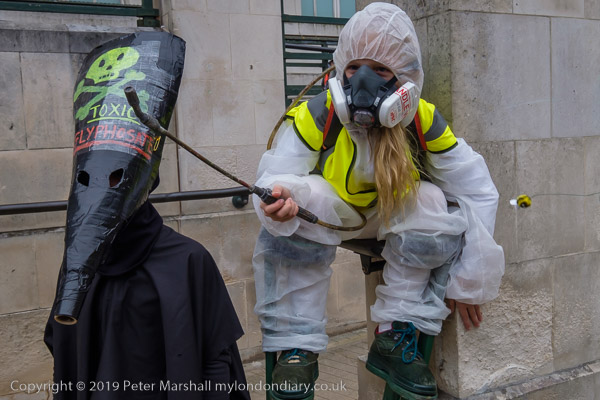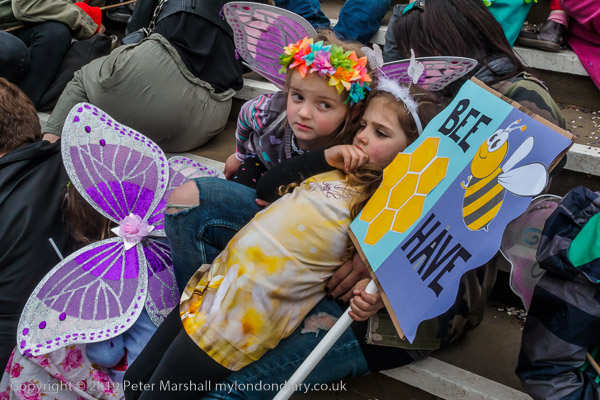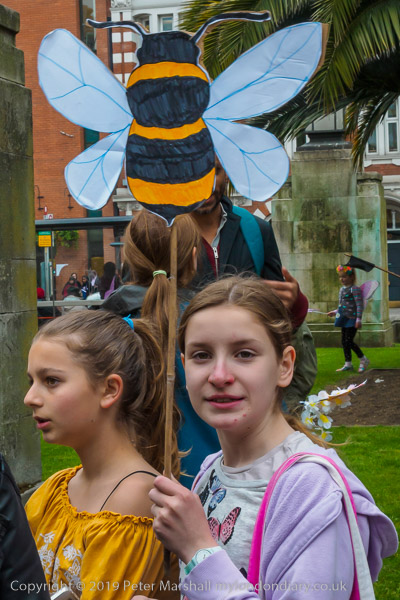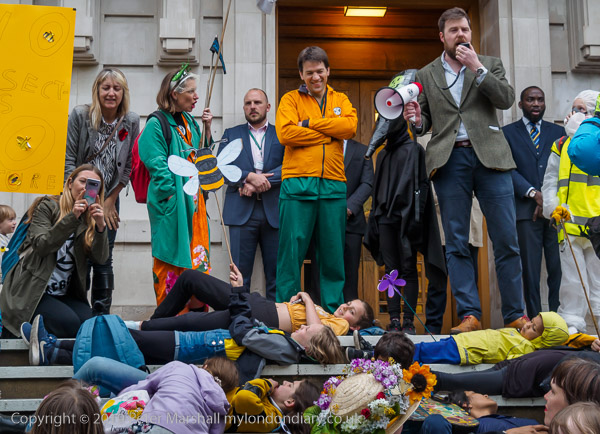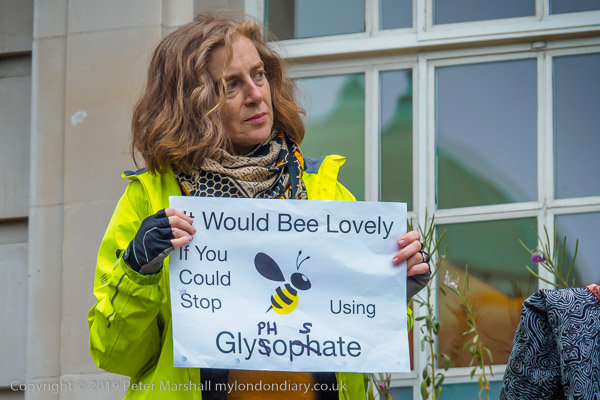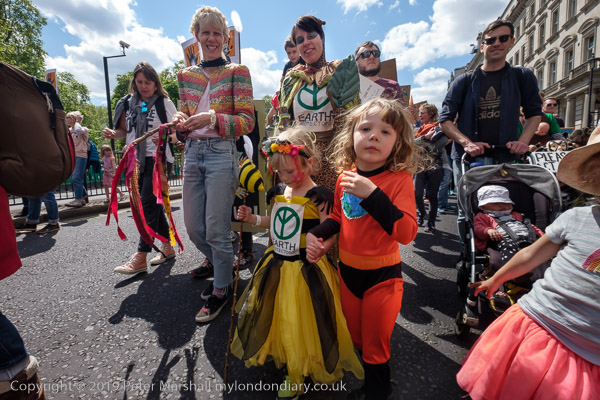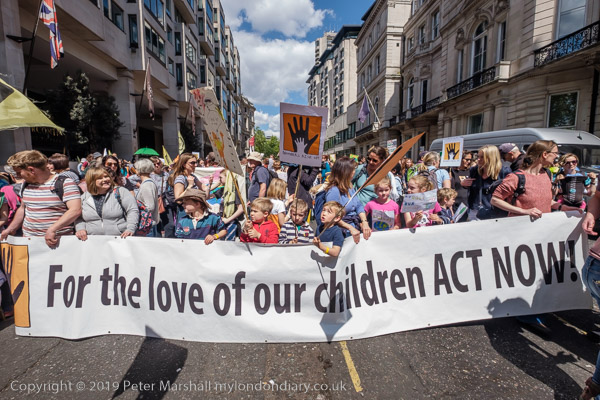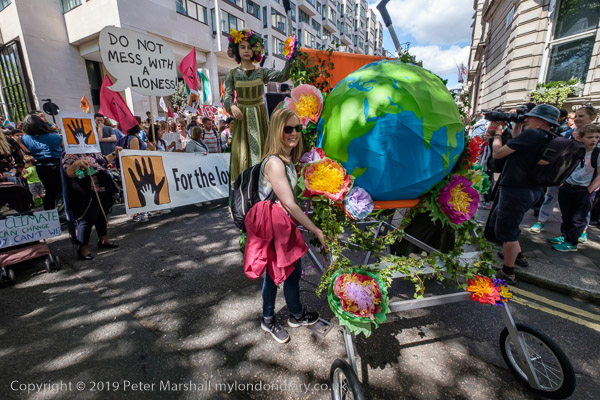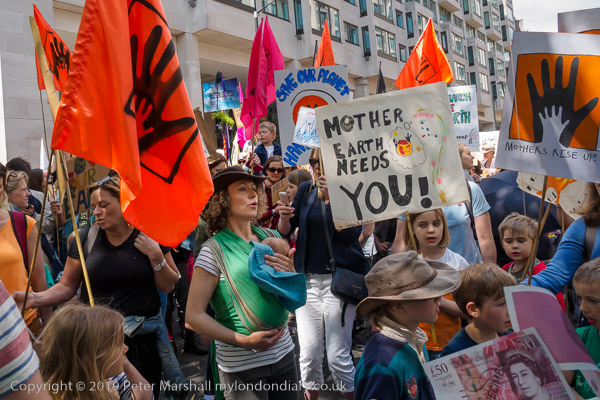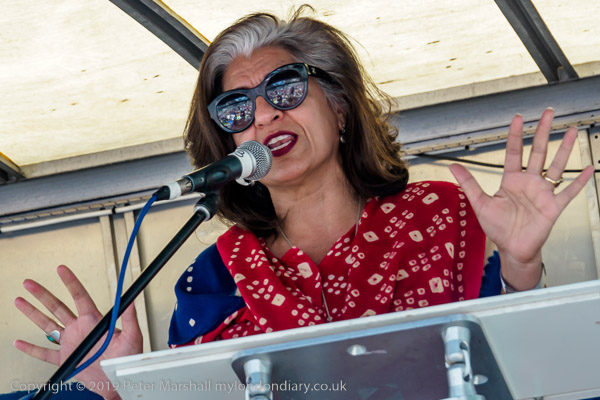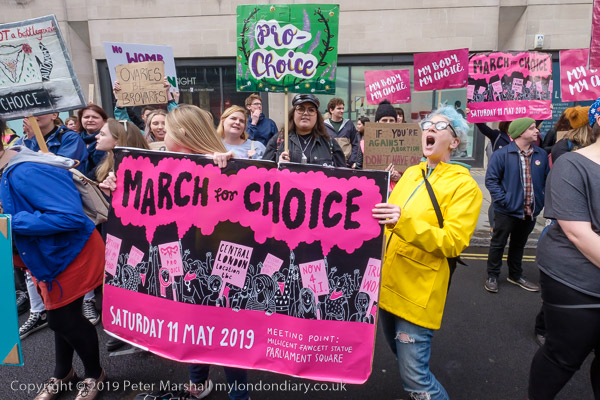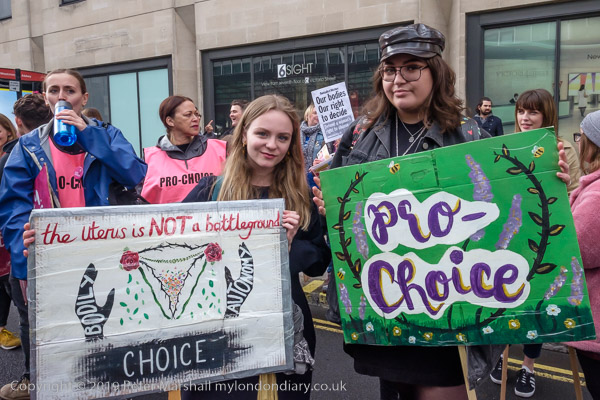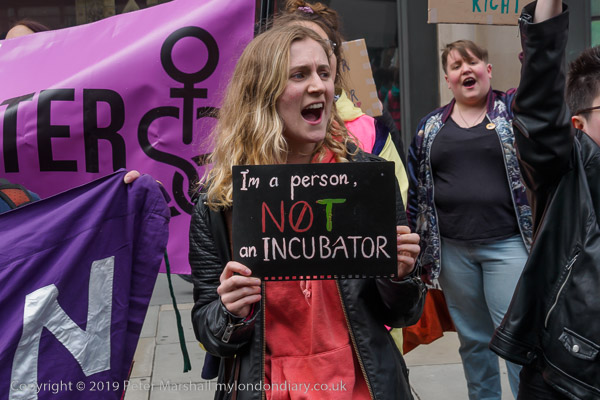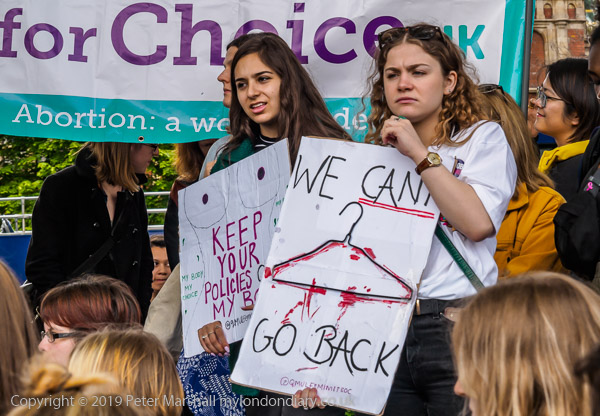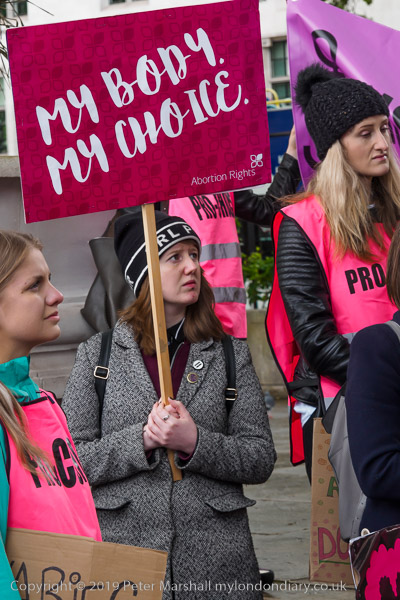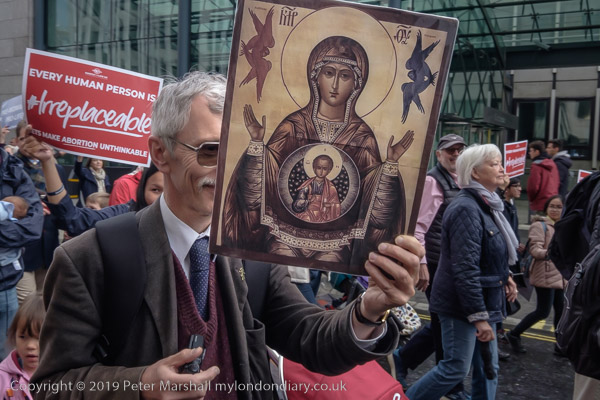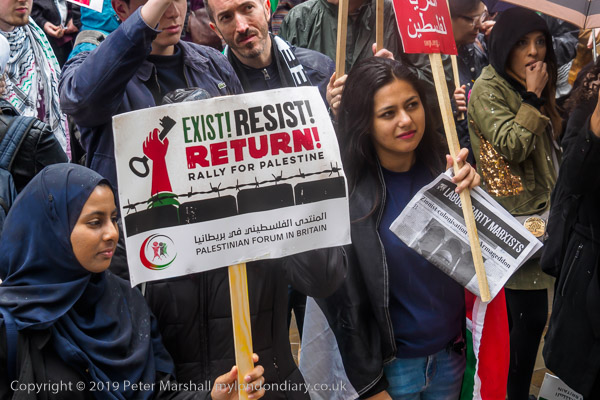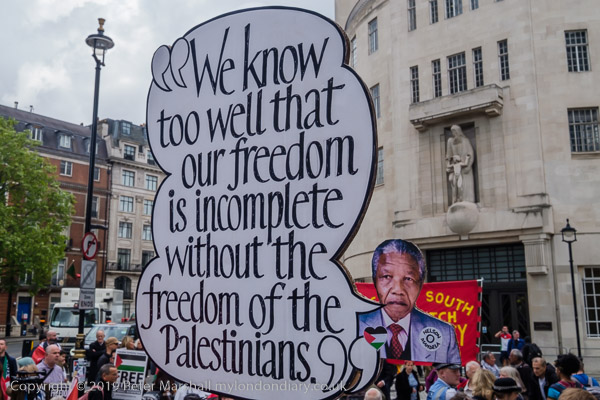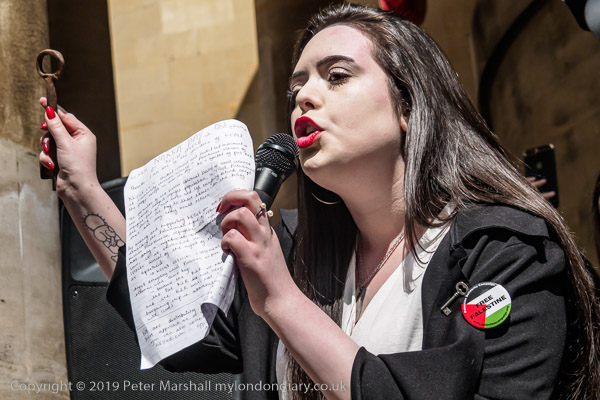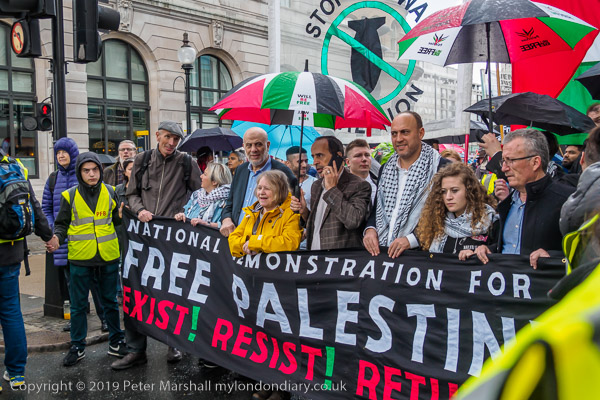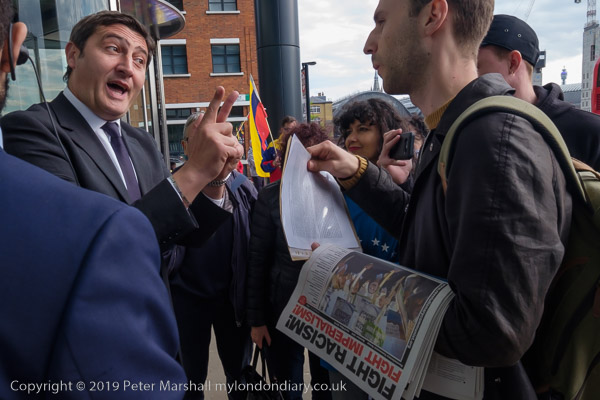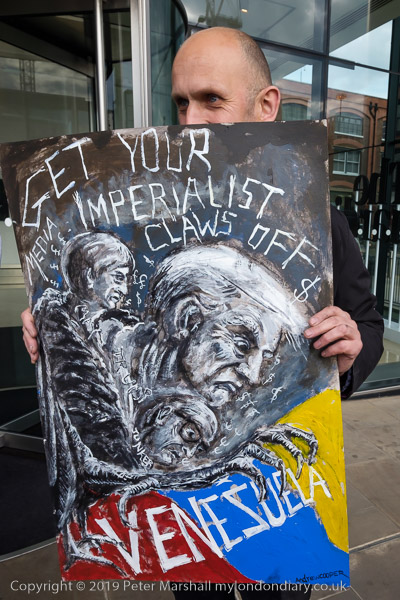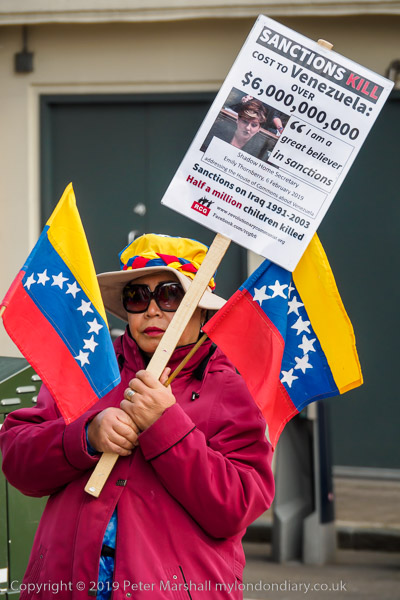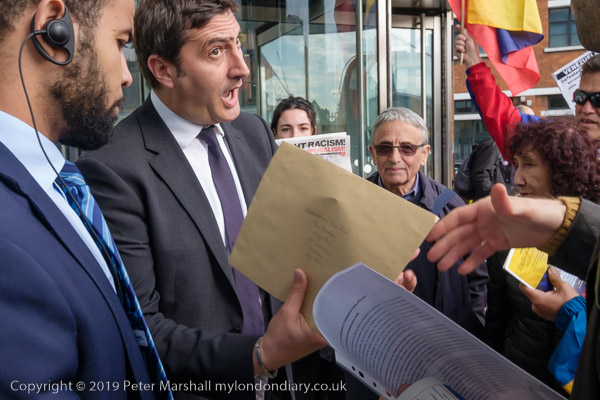The final part of my essay on Robert Frank, written 20 years ago and published on the web in 2000 looks at his iconic book ‘The Americans’ which changed photography after its publication in 1958/9.
The discussion of the pictures and their sequencing owes a great deal to other photographers, including two whose workshops I attended in the 1990s, Charles Harbutt and Leonard Freed and many others, but I think I added a little of my own. I’ve come across parts of it on various web sites since it was put on the web, and I’m told it was widely plagiarised in student essays, at least in the years following its publication.
The Americans
‘The Americans‘ was turned down by New York publishers, but Frank took it to Delpire in France. There, Robert Delpire only persuaded the company to publish in 1958 by threatening to leave the family firm if they didn’t. The French edition was not entirely successful as a book, including texts by a number of well-known writers which had the effect of making the photographs seem like illustrations rather than a coherent work in their own right. The following year it was published by the Grove Press in America, in a form that respected Frank’s vision and which has been followed with minor revisions in later editions. Sales were poor and the reviews were vituperative, but the book has been republished in many editions and has I think been continuously in print.
The Grove Press edition had an introduction by Jack Kerouac, who Frank had recently met: ‘That crazy feeling in America when the sun is hot on the streets and music comes out of the jukebox or from a nearby funeral, that’s what Robert Frank has captured in tremendous photographs taken as he traveled on the road around practically forty-eight states in an old used car (on Guggenheim Fellowship)…’ Kerouac continued for five pages, showing a clear knowledge of Frank’s work and an understanding of what he was trying to do, concluding with some short sentiments which have been often been quoted, among them ‘Anybody doesn’t like these pitchers dont like potry. See?’ and his description ‘Robert Frank, Swiss, unobtrusive, nice with that little camera that he raises and snaps with one hand he sucked a sad poem right out of America onto film, taking rank among the tragic poets of the world.’
The work starts with a picture of the front of a building, an American flag draped across its front and two windows, in each a person. Both are apparently female, though both are obscured. Taken during a parade at Hoboken, the bottom edge of the flag visually cuts off the head of the figure at the right, preventing us and her from seeing. On the next page, the City Fathers line up, probably for the same event, on a stand behind a rail with a flag pinned to it. Soberly dressed old men, hats and coats against the cold, the man at the back stands with eyes closed, apparently totally elsewhere in his thoughts as his lips pucker into a kiss.
Next on a balcony in Chicago, a demagogue raises both fists, arms outstretched, above a very bored looking sculptured head in a frieze below. Cut to a car park in a field in South Carolina, black men attending a black funeral, heads titled, hands to cheeks, lost in thought probably during an address. One man clearly has his eye on Frank, wondering what this white stranger is doing. Next to a rodeo in Detroit, a white man in a cowboy hat, in profile, smoking a cigar, hand also up to his face, behind him two women apparently subservient; we turn the page and a uniformed man is dragging a woman on his arm (probably his wife, though it almost looks like an arrest) along the street in Savannah. The uniform leads us to the doorway of a Navy Recruiting office, though which we see the flag on the wall and the end of a desk with two feet resting on it.
Already we begin to see some of the ways Frank is building a story, using montage – the recurring element of the flag, the orator followed by the listeners. A couple of other motifs have also been presented – the car and the American Dream, but have yet to reappear. Frank concentrates on the ordinary, the things you see on the road and along its edges, but he also deals with real issues, whether of race, as in the pictures of the black nurse with the white doll-like baby in Charleston, South Carolina or the trolley in New Orleans with whites at the front and blacks at the back, or spiritual emptiness in the ‘Merry Christmas’ signs at the fast food Ranch Market in Hollywood or the plastic crosses, ‘Remember your loved ones’ on sale for 69 cents. A petrol station forecourt, the pumps like figures in a religious procession, carrying a tall banner that says S A V E in heavy capitals. It takes a second look to see the lightly written G A S in the gaps.
Perhaps the two most famous of the pictures using the flag are from a Fourth of July celebration in New York, where the giant hanging flag is shown to be patched, torn and threadbare, and a of a man playing a tuba at a political rally, rendered anonymous, the bell of the instrument replacing his head, and growing out from this a pole with the flag spreading out. These pictures are used to start the second and third loose sections of Frank’s book – the first also starting with the flag.
We think back to the rodeo picture when we come to another vision of the Wild West, a bar in Gallup, New Mexico, taken from a low viewpoint, perhaps even shot appropriately from the hip. The picture is at an angle and slightly blurred, half obscured by the looming back of a man close to the camera. Across the bar a man stands alone and desperate, hands perhaps just in pockets or on his hips, but giving the suggestion of a gunfight that is ready to start. Later we see an immaculately dressed cowboy on the streets of New York, seated not on a horse but on the edge of a litter bin.
Another of the motifs, or in this case perhaps more of an icon, is the jukebox. It glows weirdly like an alien visitation in a New York bar, leers obscenely among apparently drugged kids in a Candy store. An ornate model dominates a wooden shack bar in Beaufort, South Carolina, with bare tables and chairs and a small black baby escaping from his mattress on the floor.
At Long Beach, California, Frank came across a car covered with a white cocoon in front of a low plain building with two palm trees. Here the car is clearly an altar, the trees forming the columns and roof tracings of a church dedicated to the Holy Motor Spirit; next we have the site of a car accident; a blanket covering some bodies at the edge of Route 66, four people in a line looking at the and a row of buildings back form the road; next a road in New Mexico stretching into the distance, its centre line absolutely vertical.
A woman needs on the banks of the Mississippi at dusk, her white robes contrasting with her black face; kneeling she holds a white cross. The next picture is captioned ‘St Francis, gas station and City Hall – Los Angeles, and St Francis is silhouetted in the foreground holding up a cross. Next come three crosses marking the site of a highway accident, lit by a shaft of sun from a cloudy sky. We get an assembly line at a car factory, followed by a political assembly line at a Chicago convention, a fine row of urinals and a black man cleaning the shoes of a white businessman in a men’s room…
I’m conscious of how much I’m not pointing out in these pictures; this is a book every photographer or anyone who wants to be a photographer should own. All eighty three of them are worth close study, although they work together to produce something much greater than their sum. Despite the mauling it received on publication – it showed a personal view of America and one that was distant and uncongenial to comfortable middle-class America who were, by and large, both the major cultural producers and consumers – and poor sales at the time, it has become a classic. It marked a new vision in photography, a shift in the paradigm, and, as often happens it took some getting used to. To modern eyes it is difficult to see how critics could fail to see the good points in Frank’s work – the irony, the capturing of the essence of the small towns on the road, and even the humour of some of his work. Students of photographic history will certainly also be amused by his deliberate introduction of references to other photographers, with at least one carefully taken ‘decisive moment’ and a couple of pictures that are pure FSA.
Of course the clearest stylistic reference is, as Tod Papageorge pointed out, in his ground-breaking ‘Walker Evans and Robert Frank – An essay on influence‘ to the work of his mentor, Walker Evans. The debt is at its strongest to Evans’s own work with a 35mm camera, particularly to his pictures of people on the streets, where there are many pictures which could well have been taken by Evans. As Papageorge points out, various aspects of the design of ‘The Americans’, not least its title, also clearly derive from Evan’s masterpiece, ‘American Photographs’.
Later Work
After ‘The Americans’, Frank turned most of his attention to film, although continuing to take some still pictures, despite stating later that in 1960 he decided to put his camera ‘in a closet‘. His first film in 1979 was the only film which allowed the beats to present themselves on screen, ‘Pull My Daisy’, starring poets Allen Ginsberg and Gregory Corso, artist Larry Rivers and musician David Amram. Kerouac contributed an act of his never completed play ‘The Beat Generation‘ as the screenplay and also appeared as a narrator. Better known is his controversial ‘Cocksucker Blues‘ about the Rolling Stones, though this was never commercially released, and probably more known about than actually viewed (there is a poor digital copy on YouTube.) Altogether he directed around twenty films, as well as acting in some, and being an editor and writer.
Frank’s photographic output was increasingly linked to the problems of his family, including the death of his daughter, Andrea, in a 1974 plane crash in Guatemala and his son Pablo’s mental illness. Increasingly his pictures were carefully constructed but also captioned with texts, often crudely scrawled or scratched on the images. There is a raw emotionalism and outpouring of grief that is sometimes hard to bear in such texts as ‘She was 21 years old and she lived in this house and I think of Andrea every day.‘
More recently he worked on a series of photographs of common tools and objects, referring back to the series produced by Walker Evans for ‘Fortune’ magazine when Frank was working as his assistant.
When I wrote this the only other widely available book of Frank’s photographs was The Lines of my Hand published in 1972 which included a range of his work but lacked the coherence of The Americans. In 2003 came London/Wales, and in 2008 a revised edition of The Americans with most images uncropped and some variants. In 2009 Looking In: Robert Frank’s The Americans, gave us scholarly essays with a great deal more information (and more pictures) about Frank and his work. From 2010 on Steidl published a series of half a dozen ‘Visual Diaries’ with photos from his early career together with the later more personal images. But despite all this, The Americans in its earlier editions stands out as the essential Robert Frank and the book that changed photography.
